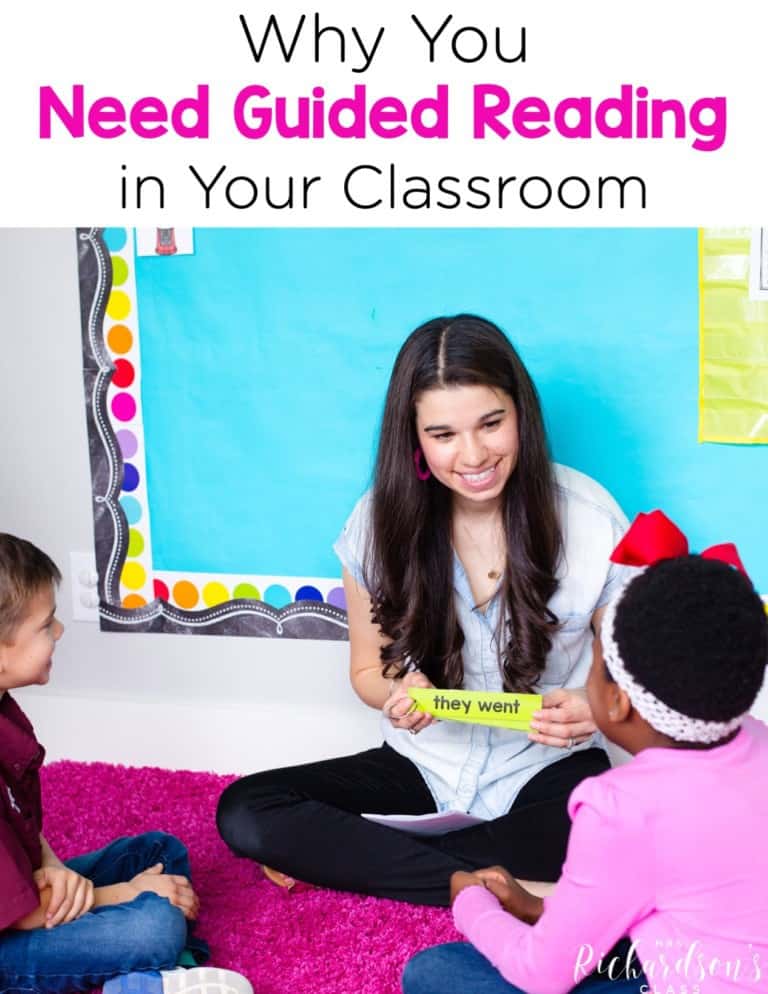

Are you looking for engaging activities to help your growing readers understand the concept of comparing and contrasting characters in books? Look no further! In this blog post, we’ll explore some fun and creative activities to make this important literacy skill come alive in your classroom. Plus, I have a free download of an event diagram to use as you are teaching comparing and contrasting characters.

**Amazon affiliate links are used below at no cost to you. This is an easy way to support the blog.
Understanding how characters are similar and different is a crucial skill for our growing readers. We compare and contrast in other content areas, like science. While it seems like a simple task, there is depth to it.
It helps our readers comprehend stories more deeply, make connections between texts, and develop those critical thinking skills we want them to have. By comparing and contrasting characters, students can better understand character traits, motivations, and relationships. All of this aids in their overall reading comprehension.
1. Read Alouds for Comparing and Contrasting Characters
The most obvious way to easily teach comparing and contrasting characters is through an interactive read aloud. Start by choosing books with vibrant characters that will capture your students’ attention. Some of my favorites for this are:

Great read alouds for comparing and contrasting characters across books are:
As you read aloud the story, think aloud about the characters. After reading, have a discussion about how they were similar and different. Look for similarities and differences between characters based on their actions, feelings, and traits. Using open-ended questions will help lead the kids to critical thinking!
2. Comparing and Contrasting Characters with a Venn Diagrams
Introduce comparing and contrasting using a visual aid like a Venn diagram. I liked to bring this to life with an actual Venn digram on the carpet using hoops and notecards. This is a great time to “share the pen” with your readers who are also growing writers and let them write on the notecards.

This hands-on activity helps reinforce the concept in a concrete way!

Grab this FREE Venn diagram template that you can use with your little learners!
3. Character Puppet Plays
Bring characters to life through puppet play! No matter the age, kids love acting things out! Create puppets by using favorite clipart or simple drawings on note cards attached to popsicle sticks. Make a puppet for each character that you want to discuss.

Encourage students to act out scenes from a book. Encourage them to think about each character’s actions, feelings, or traits as they do this. Afterward, have a chat about the similarities and differences in the characters.
4. An Interactive Game
Turn comparing and contrasting characters into a fun game! This game will help kids focus on character traits, too. Create a sorting activity where students match character traits to the correct character. You can extend it from a simple matching game by having the students complete a sentence stem. “This character, ______, displays _________. That is similar to _______.”
Interactive games not only reinforce the concept but also make learning enjoyable for our growing readers!

Teaching young students to compare and contrast characters in books is not only essential for developing their reading comprehension skills, but also fosters critical thinking and empathy. By incorporating engaging activities like read-alouds, character profiles, and interactive games, you can make learning fun and meaningful for your students. Don’t forget to grab our free Venn diagram download to support your teaching!

Want to use the latest research to boost your readers during small groups? This FREE guide is packed with engaging ideas to help them grow!

I’m a K-1 teacher who is passionate about making lessons your students love and that are easy to implement for teachers. Helping teachers like you navigate their way through their literacy block brings me great joy. I am a lifelong learner who loves staying on top of current literacy learning and practices. Here, you’ll find the tools you need to move your K-2 students forward!


| Cookie | Duration | Description |
|---|---|---|
| cookielawinfo-checkbox-analytics | 11 months | This cookie is set by GDPR Cookie Consent plugin. The cookie is used to store the user consent for the cookies in the category "Analytics". |
| cookielawinfo-checkbox-functional | 11 months | The cookie is set by GDPR cookie consent to record the user consent for the cookies in the category "Functional". |
| cookielawinfo-checkbox-necessary | 11 months | This cookie is set by GDPR Cookie Consent plugin. The cookies is used to store the user consent for the cookies in the category "Necessary". |
| cookielawinfo-checkbox-others | 11 months | This cookie is set by GDPR Cookie Consent plugin. The cookie is used to store the user consent for the cookies in the category "Other. |
| cookielawinfo-checkbox-performance | 11 months | This cookie is set by GDPR Cookie Consent plugin. The cookie is used to store the user consent for the cookies in the category "Performance". |
| viewed_cookie_policy | 11 months | The cookie is set by the GDPR Cookie Consent plugin and is used to store whether or not user has consented to the use of cookies. It does not store any personal data. |


